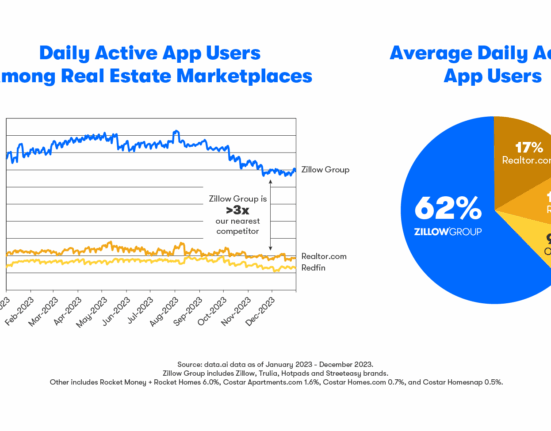The world of scientific computing and artificial intelligence has been forever changed by a groundbreaking announcement made near the University of California, Berkeley. The Energy Department revealed its plans to integrate cutting-edge technology to deliver its next flagship supercomputer in 2026.
In the past, scientific computing and artificial intelligence operated in separate spheres, utilizing different hardware and methodologies. However, with this new development, these two distinct fields are converging at an unprecedented pace, showcasing a monumental shift in technological advancement.
### The Birth of a Technological Marvel
Lawrence Berkeley National Laboratory is set to house this revolutionary supercomputer named after Jennifer Doudna, a distinguished biochemist who received the Nobel Prize for Chemistry in 2020. This state-of-the-art machine is poised to deliver over ten times the speed of the lab’s current most powerful system.
### Pioneering Technological Integration
Dell Technologies has been chosen as the partner to bring this extraordinary project to fruition. The supercomputer will be equipped with Nvidia chips specifically designed for advanced A.I. computations and simulations essential for energy research and various scientific endeavors.
Jonathan Carter, associate laboratory director for computing sciences at the Berkeley center, expressed that once fully operational, this supercomputer could become a cornerstone resource for tasks such as training A.I. models.
### A Paradigm Shift in Technological Preferences
This significant collaboration with Dell signifies a notable departure from previous partnerships within the Energy Department’s supercomputing initiatives. While Hewlett Packard Enterprise had been instrumental in assembling prior record-setting machines, Dell’s emergence marks a pivotal moment in government labs embracing commercial A.I. technologies.
Addison Snell, Chief Executive of Intersect360 Research specializing in tracking the supercomputer market dynamics observed:
“HPE has been sweeping the D.O.E space; this is a big win for Dell.”
### Transforming National Technological Landscape
Supercomputers have historically symbolized national technological prowess, revolutionizing industries ranging from weapon design to cryptography through their immense processing power housed within vast rooms dedicated solely to computation operations.
As technological boundaries continue to blur between artificial intelligence and scientific computing realms, society eagerly anticipates the remarkable advancements awaiting us on the horizon.








Leave feedback about this